Early and Late peaches
kellascat
14 years ago
Related Stories
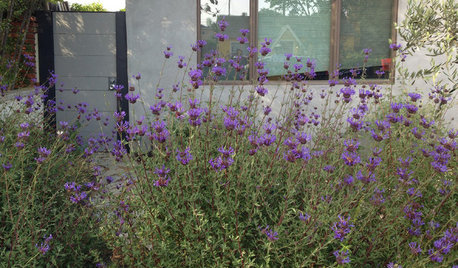
GARDENING GUIDES10 Late-Winter and Early-Spring Bloomers for the West
Tired of waiting for spring to arrive? Try these drought-tolerant, flowering plants for color that starts in late winter
Full Story
EDIBLE GARDENSHow to Grow Your Own Peaches and Nectarines
Make gardening a little sweeter with these juicy fruits, which you can eat after plucking or preserve for later
Full Story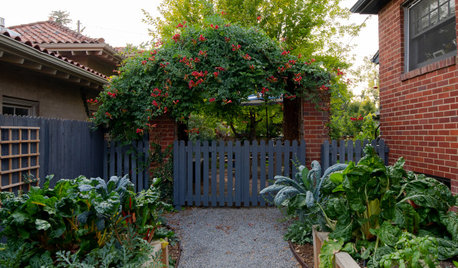
GARDENING GUIDES12 Edibles Perfect to Plant in Late Summer
Keep those homegrown vegetables and greens coming well into fall
Full Story
LIFELate Again? Eliminate the Things Holding You Up in the Morning
If you find yourself constantly running late for appointments, work and get-togethers, these tips could help
Full Story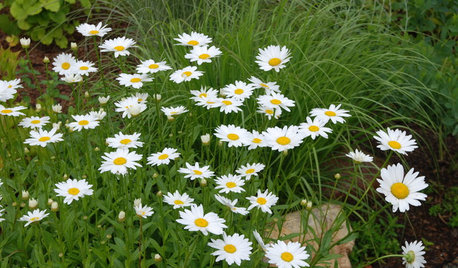
FLOWERSBest Cutting-Garden Beauties for Late Summer
Pick blooms bursting with color or in classic white for bouquets to give away or keep all to yourself
Full Story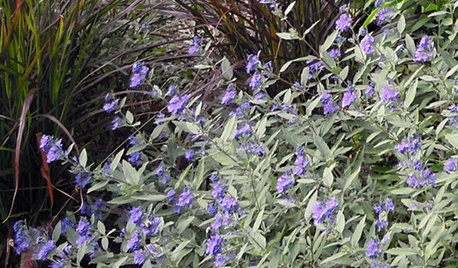
SHRUBS5 Glorious Late-Season Shrubs
Spilling over with berries or bursting with blooms, these stunning underused shrubs keep the garden party going through fall
Full Story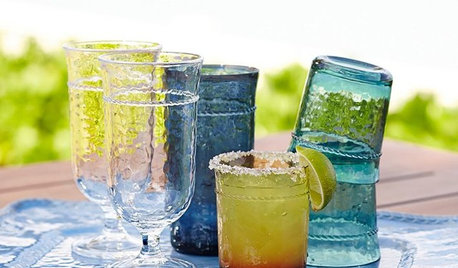
PRODUCT PICKSGuest Picks: Host a Late-Summer Soiree
Have a beachy but elegant summer fling with serveware, glasses and accessories that nod to nautical
Full Story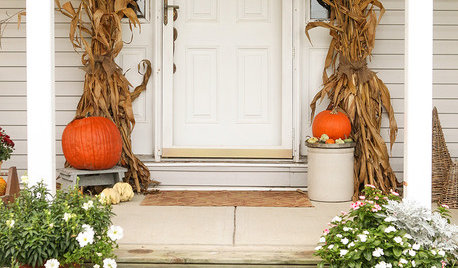
FALL AND THANKSGIVINGIt's Not Too Late to Decorate: Minimalist Fall Decor
No need to go all-out with autumn decorations. Nod to the season with just a few well-placed pumpkins and flowers
Full Story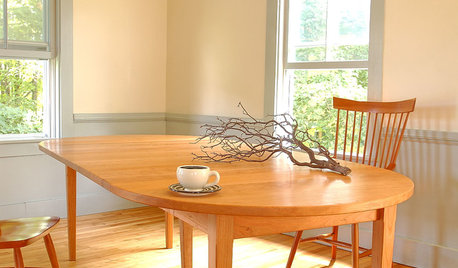
DECORATING GUIDESStrange but True Parallels Between Early Western and Old Japanese Style
Part 1 of our 'wabi-sabi' series: in which Shaker and Arts and Crafts designs reveal simplicity, modesty and integrity
Full Story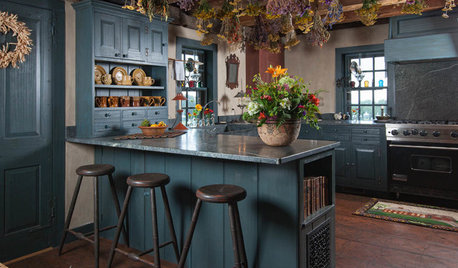
HOUZZ TV FAVORITESHouzz TV: See How Early Settlers Lived in This Restored Pilgrim House
Passionate restoration and preservation efforts give a 1665 home an honored place in the present
Full Story







alan haigh
theaceofspades
Related Professionals
Ashburn Landscape Architects & Landscape Designers · Kyle Landscape Architects & Landscape Designers · Towson Landscape Architects & Landscape Designers · Jackson Landscape Contractors · Middletown Landscape Contractors · Boca Raton Landscape Contractors · Braintree Landscape Contractors · Hampton Bays Landscape Contractors · Hickory Hills Landscape Contractors · Huntington Landscape Contractors · La Vista Landscape Contractors · Lady Lake Landscape Contractors · Marlborough Landscape Contractors · Teaneck Landscape Contractors · Shafter Landscape ContractorskellascatOriginal Author
Scott F Smith
alan haigh
kellascatOriginal Author
Scott F Smith
alan haigh
kellascatOriginal Author
alan haigh
Scott F Smith
alan haigh
Scott F Smith
alan haigh
olpea
Scott F Smith
alan haigh
Michael
Scott F Smith
Scott F Smith
Michael
alan haigh
auntique2_optonline_net
Scott F Smith